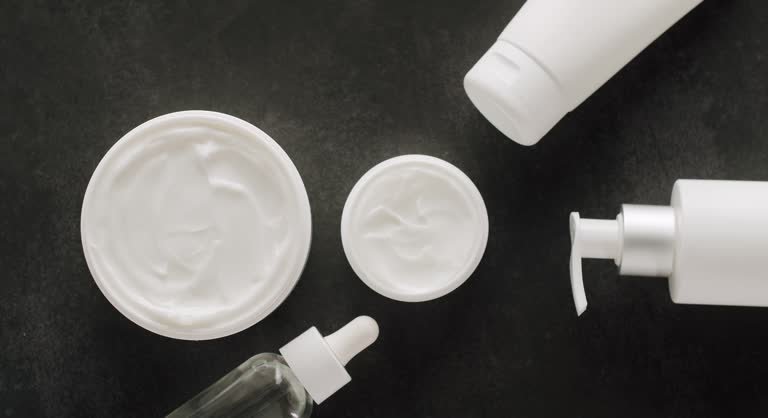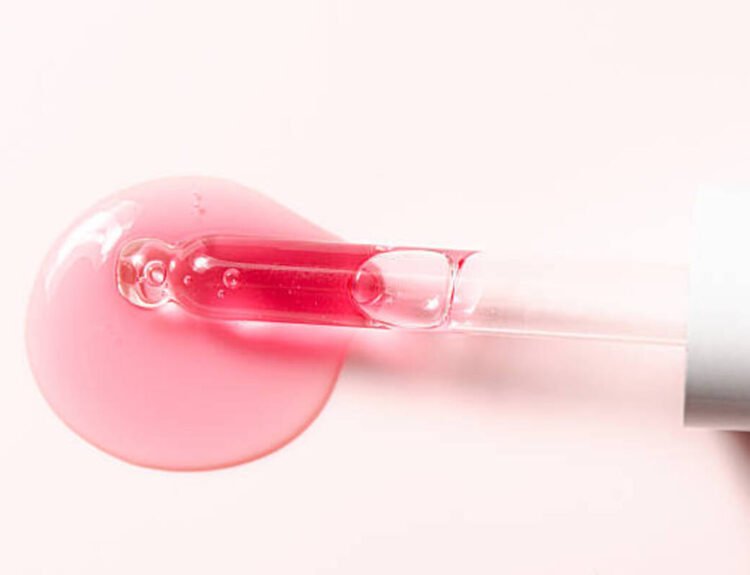If you’re trying to build a skincare routine, you might wonder: Do I really need both a serum and a moisturizer? With so many products on the market, choosing the right ones can feel overwhelming. Some people skip one or the other, while others layer both—but what’s the truth?
In this article, we’ll break down what serums and moisturizers actually do, how they differ, when to use them, and whether you really need both in your daily skincare routine. We’ll also explore expert recommendations, address common myths, and help you make informed decisions based on your skin type.
What is a Serum?
A serum is a lightweight skincare product that contains a high concentration of active ingredients. It’s designed to deliver targeted treatment to your skin, such as hydration, anti-aging, brightening, or acne control.
Common Active Ingredients in Serums:
- Vitamin C: Brightens skin, fades dark spots
- Hyaluronic Acid: Hydrates and plumps
- Retinol: Fights wrinkles and improves texture
- Niacinamide: Minimizes pores and reduces redness
- Peptides: Supports collagen production
Because serums have smaller molecules than moisturizers, they penetrate deeper into the skin layers. This makes them powerful allies for solving specific skin concerns.
What is a Moisturizer?
A moisturizer is a cream, lotion, or gel that helps to lock in hydration, prevent water loss, and strengthen the skin barrier. Unlike serums, which are treatment-focused, moisturizers act more like protectants.
Types of Moisturizers:
- Humectants: Attract water (e.g., glycerin, hyaluronic acid)
- Emollients: Soften skin (e.g., shea butter, oils)
- Occlusives: Seal in moisture (e.g., petrolatum, dimethicone)
Moisturizers come in various textures, from lightweight gels for oily skin to thick creams for dry or mature skin.
Serum vs. Moisturizer: Key Differences
| Feature | Serum | Moisturizer |
| Texture | Lightweight, watery or gel-like | Creamy, thicker |
| Function | Treats specific skin concerns | Hydrates and protects |
| Penetration | Deeper layers | Outer layers |
| Ingredients | High concentration of actives | Hydrating and barrier-repair ingredients |
| Best for | Targeted results | Daily skin protection and hydration |
In short, serums treat, while moisturizers seal and protect.
Do You Need Both?
The answer depends on your skin type, skin concerns, and environmental factors. Let’s explore scenarios where you might benefit from using both—or just one.
When You Need Both:
- Dry or dehydrated skin: Use a hydrating serum followed by a moisturizer to lock in moisture.
- Aging concerns: Combine an anti-aging serum (e.g., retinol or peptides) with a moisturizer to reduce irritation and enhance results.
- Brightening: Vitamin C serum in the morning + SPF moisturizer = daytime glow.
- Night repair: Use a repairing serum and a heavier moisturizer to support skin overnight.
When One Might Be Enough:
- Oily or acne-prone skin: A lightweight hydrating serum with humectants might suffice, especially in humid climates.
- Minimal routines: If your moisturizer already includes actives (like niacinamide or hyaluronic acid), a separate serum may not be necessary.
- Beginners: Start with a good moisturizer. Add a serum later based on skin goals.
Expert Tip:
“Think of your serum as your treatment step and your moisturizer as your sealing step. For most skin types, especially in drier environments, both are essential.” – Dermatologist Dr. Renee Taylor
How to Layer Serum and Moisturizer Correctly
If you’re using both a serum and a moisturizer, layer them properly to maximize benefits.
General Rule:
Thinnest to thickest — Apply water-based products first.
Skincare Routine Example:
- Cleanser
- Toner (optional)
- Serum
- Moisturizer
- Sunscreen (AM only)
Wait 30–60 seconds between serum and moisturizer to allow absorption.
Skin Type Guide: What You Need
1. Dry Skin
- Use a hyaluronic acid or ceramide serum.
- Follow with a rich, emollient moisturizer.
- Avoid alcohol-based or exfoliating serums.
2. Oily Skin
- Choose a niacinamide or salicylic acid serum.
- Use an oil-free gel moisturizer to avoid clogging pores.
- Don’t skip moisturizer—it helps balance oil production.
3. Sensitive Skin
- Stick to fragrance-free and soothing serums (e.g., calendula, centella asiatica).
- Use a barrier-repair moisturizer with ceramides or oat extract.
- Patch test new products before use.
4. Combination Skin
- Apply serum all over.
- Use a lightweight moisturizer on oily areas and a richer one on dry zones.
FAQs About Serum and Moisturizer
Can I mix serum and moisturizer together?
You can, but layering is better. Mixing can dilute actives or affect absorption.
Should I use serum at night or morning?
Both! Vitamin C serums are great for morning, while retinol and peptides are ideal for night use.
Is serum better than moisturizer?
Not necessarily. They serve different purposes. For healthy skin, both are often needed.
Can I use serum without moisturizer?
If you’re in a humid environment and have oily skin, maybe. But generally, serums should be sealed in with a moisturizer.
Common Myths Debunked
Myth 1: Serums replace moisturizers.
Truth: Serums treat. Moisturizers protect. Skipping one weakens your routine.
Myth 2: Moisturizers clog pores.
Truth: Non-comedogenic moisturizers are safe for oily or acne-prone skin.
Myth 3: Only dry skin needs a serum.
Truth: All skin types benefit from targeted serums—brightening, anti-aging, calming, etc.
Final Verdict: Do You Need Both a Serum and a Moisturizer?
Yes—for most skin types. While you might be tempted to simplify your routine, using both a serum and a moisturizer allows you to treat skin concerns while maintaining hydration and protection.
Think of them as a dynamic duo:
- Serum = the specialist (deep treatment)
- Moisturizer = the bodyguard (barrier support)
If you want results like smoother texture, brighter tone, fewer wrinkles, or fewer breakouts, using both is often the best strategy.
Conclusion: Tailor Your Skincare to Your Needs
There’s no one-size-fits-all answer, but understanding the roles of each product empowers you to create a routine that works for your skin. Whether you’re dealing with dryness, dullness, acne, or aging, combining a serum and moisturizer can transform your skincare game.
Key Takeaways:
- Use serums for targeted treatment.
- Use moisturizers to hydrate and protect.
- Layer serum before moisturizer for best results.
- Adjust based on your skin type and goals.
Your skin is unique—let your routine be, too.








